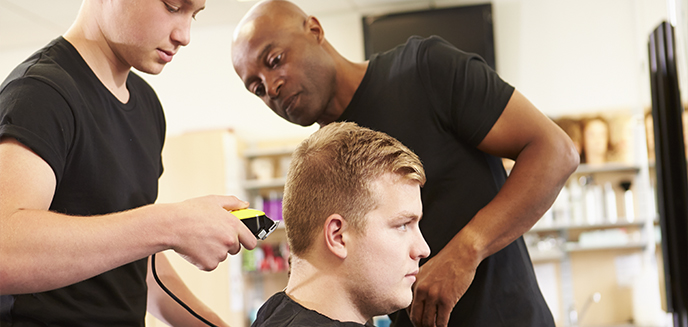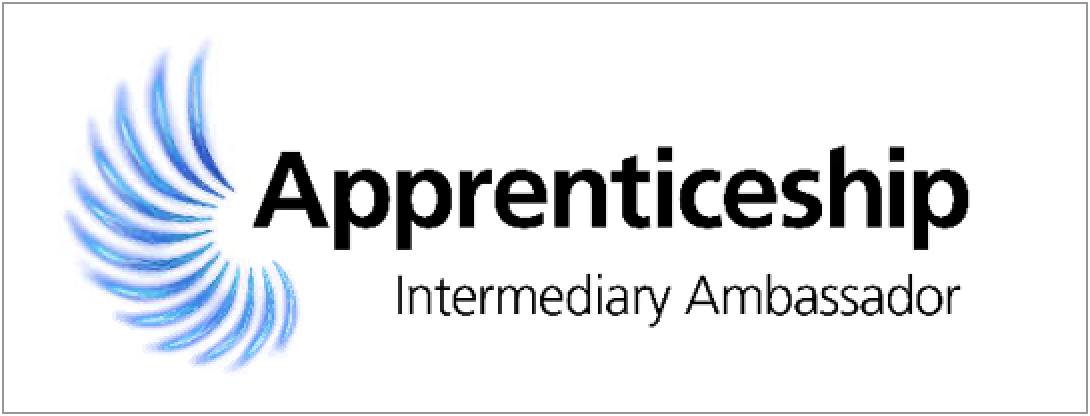Apprenticeships in the UK
WHAT’S AN APPRENTICESHIP?
- on-the-job training with an employer; and
- study with a training provider.
Apprenticeships are genuine jobs that enable individuals to learn as they earn.
Hair and beauty apprenticeships typically last between one and two years for each level studied. They are available at levels 2 and 3. In Wales only they are also available at level 4.
Apprentices who successfully complete an apprenticeship are certified as having reached a level of competence which meets current industry standards.
Anyone over the age of 16 can become an apprentice, including existing employees. (In some cases, there is an upper age limit, for example, in Northern Ireland).
NHBF Members can download our free guide to find out more.
WHAT'S IN IT FOR EMPLOYERS?
Taking on an apprentice is your chance to offer someone a great opportunity and pass on your skills and experience to a new generation. It’s also an excellent way to grow your own loyal workforce to suit the needs and culture of your business.
Training an apprentice is also more cost-effective than hiring pre-skilled staff.
NHBF Members can download our free guide to find out more.
WHAT APPRENTICESHIPS ARE AVAILABLE?
There are many different apprenticeships available in the hair and beauty sector leading to a wide variety of job roles.
What you can offer depends on where you are in the UK. NHBF Members can download our free guide to find out more.
Member only Apprenticeship Guide

For more information and everything you need to know about apprenticeships in the UK, Members can download our apprenticeship guide which covers the following:
- What's an apprentice?
- Why take on an apprentice?
- Where do I start?
- Are there financial incentives?
- How are apprenticeships funded?
- What apprenticeships are available in the 4 nations?
- Making the commitment
NOT SURE WHERE TO START?
Click for more information on taking on an apprentice: the basics.
Find out more about hiring an apprentice on the GOV.UK website.
Read our Salonfocus magazine article (page 32-35) on appreciating apprentices.
Read our blog posts to discover some top tips on taking on an apprentice and some of the practicalities involved.
AN INTRODUCTION TO T LEVELST Levels (Technical Levels) are new technical qualifications for those aged 16 and above. They are being developed by the government, business and education. T Levels are two-year, level 3 technical study programmes leading to a specific qualification. They include a work placement of 45-60 days. There will be beauty T Level only. |
 |
In England, the NHBF is both a Intermediatory Ambassador organisation, sector representative, the directory of professional and employer-led bodies, a founding and a continuing member and facilitator for the Hair Professional Apprenticeship Steering group and the Beauty Professional Apprenticeship Steering group. We work with a wide range of professional bodies/organisations, Government agencies, departments, and ministers, to champion the employer voice on behalf of our Members, campaigning for fit-for-purpose industry-specific education and training standards that are recognised, accessible, robust and properly funded. |
